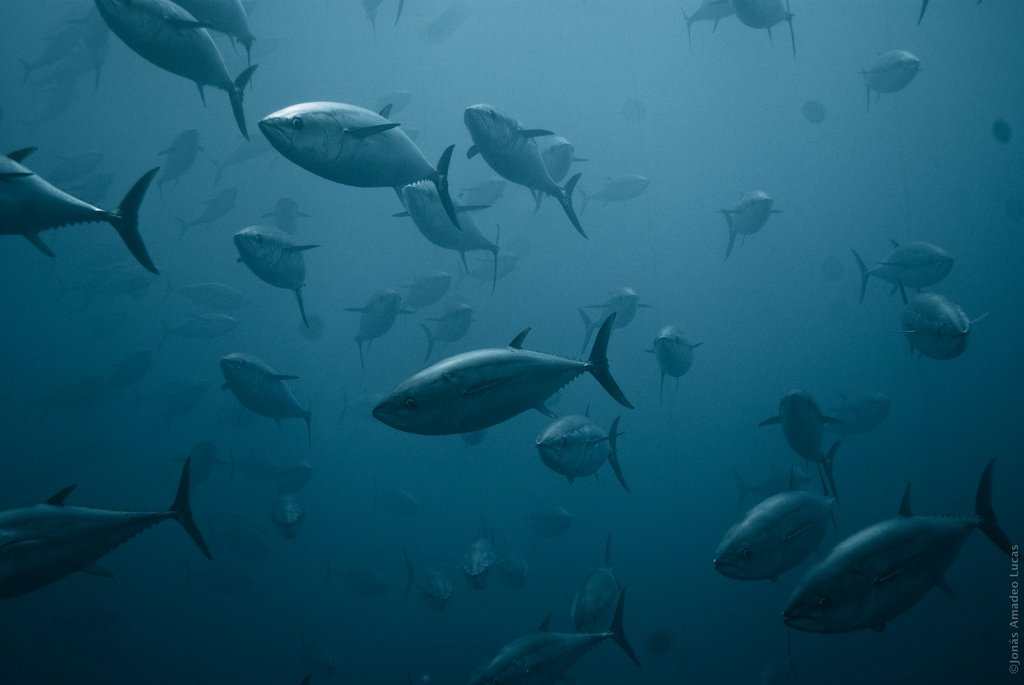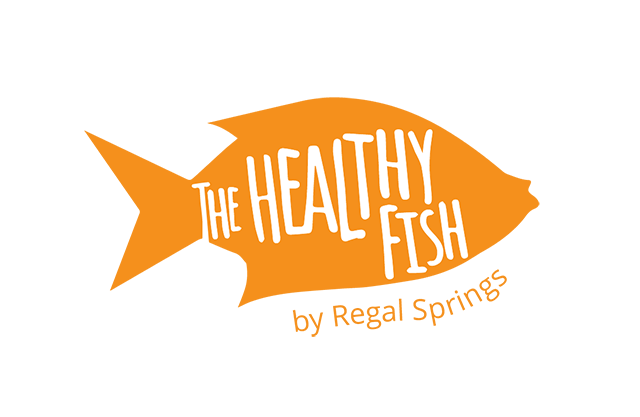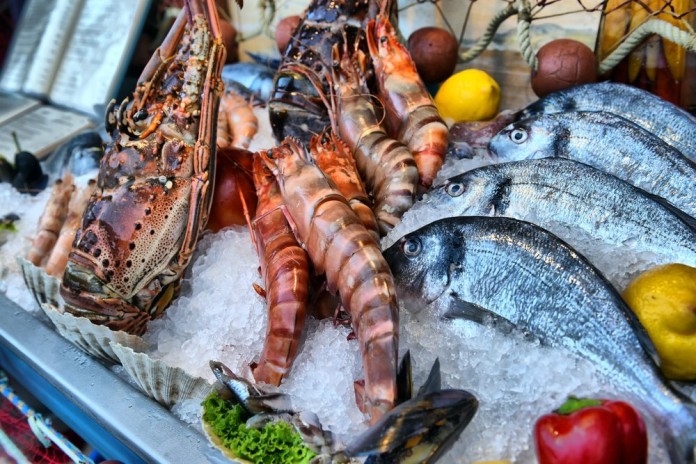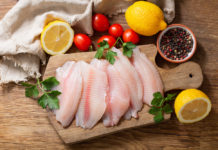With healthy eating top of mind, there’s one question we find ourselves constantly asking: how many calories are actually in this? We know now that counting calories isn’t the be-all and end-all of healthy weight loss or maintenance; there are foods that are low in calories but bad for you, just as there are foods high in calories that are good for you. What matters more is the benefits you receive from a certain food in comparison with the number of calories you consume. This principle applies to all foods from sugary snacks to seafood.
Next time you’re in the grocery store, go equipped with this information and choose seafoods that are highly nutritious with a low to moderate calorie count. Seafoods, including fish and shellfish, have varying health benefits so it’s important to see where you get the most nutrients for your calorie intake, while still pleasing your tastebuds.
Salmon

Salmon is often touted as the healthiest option when it comes to seafood. While every fish has its own pros and cons, when it comes to nutritional value, salmon is definitely leading the pack (or the school?). Each four-ounce serving of salmon has 207 calories. That’s only 10% of the recommended 2000 calorie diet. For that you get 22.5g of protein, 13.6g of calcium, and 409mg of potassium. It’s a lean source of protein with zero trans fat.
Tilapia

Photo credit: Greg Hume
Low fat, no carbs, high in potassium and high in protein—what more could you ask for? With only 110 calories per four-ounce serving (skinless fillet) and 2% of your daily sodium intake, Tilapia is a great fish to add into sodium-rich dishes. For the 130 calories, you’re also getting 23g of protein, making it leaner than salmon with four grams of total fat and zero trans fat. Tilapia is great for when you want to enjoy a low-calorie, high-nutrient fish with a mild taste. Plus, it has zero carbs and contains no mercury making it safe to eat for children and pregnant women. The best-quality (and tasting) Tilapia comes from Honduras, Mexico and Indonesia.
Canned Tuna

Photo credit: TheAnimalDay.org
Canned tuna is great for sandwiches, casseroles and a number of staple dishes. However, one 6-ounce can of tuna has 220 calories, which doesn’t make it the healthiest option, though it is super convenient! It’s also high in sodium (27% of your daily value), so make sure you’re incorporating it into dishes that are already low in sodium to offset this. Where canned tuna triumphs, however, is in its high levels of protein: 40g of protein per can, to be exact. This combined with high potassium levels (comparable with Tilapia) may mean that tuna is worth the high sodium content from time to time.
Shrimp

Photo credit: MyFWCmedia
With a 3.5-ounce serving equating to only 106 calories, it isn’t hard to see why shrimp is so popular (plus it’s tasty!). However, this small serving of shrimp accounts for just over half of your daily intake of cholesterol. Since popular methods of preparing shrimp involve using oil or butter, this often makes for a cholesterol-heavy meal overall. Nevertheless, shrimp is still relatively low in sodium and offers a sizeable amount of protein to keep your muscles healthy. Consider eating shrimp in moderation and mixing with other seafoods (like in a seafood pasta with Tilapia) to round out your next meal.
Cod

Photo credit: *saipal
With more Americans opting for salmon or Tilapia instead, cod is becoming less popular in U.S. markets. A three-ounce serving of the fish contains anywhere from 70-90 calories, but it doesn’t have much nutritional value to offer. Each serving has 16g to 19g of protein, but also can account for up to 17% of your daily cholesterol intake as well as up to 13% of your daily sodium intake. While these numbers don’t seem too high, when you consider the amount of calories and nutrients the fish has, it just doesn’t stack up. It’s a great tasting fish, but unless a recipe calls for cod, you won’t be missing out on much if you find a substitute.
Pollock

Photo credit: DrimaFilm / Shutterstock
Four ounces of pollock (a cousin of cod) comes in at around 104 calories and contains roughly the same amount of nutrients that cod’s three-ounce serving does—you get about 22g of protein, 402mg of potassium, and 67mg of calcium. Pollock is mainly consumed for its taste as the nutritional makeup of the fish isn’t anything special. However, pollock is a lean source of protein with no carbs, which still makes it an ok option from time to time.
Crab

Photo credit: Rushen!
Crab is a delicious and healthy addition to the seafood portion of your diet. With only 82 calories per three-ounce serving, crab meat offers over 100% of the recommended daily intake of vitamin B12 as well as 16g of protein. It also contains all 20 amino acids that your body needs, so it is considered a source of complete protein. The downside is that a three-ounce serving also contains over a third of your daily sodium intake as well as a sixth of the daily limit for cholesterol. While crab is definitely a delicacy, we recommend only enjoying it every once in a while as a treat rather than making it a regular addition to your diet.
Seafood, just like any other food group, offers an array of choices to the health-conscious consumer. When choosing the next fillet you’ll grill up, be sure to get something that tastes great, matches your dietary needs and packs every calorie with as many core nutrients as possible.
Feature Image: kaband / Shutterstock






